Testing, Learning, Scaling: What 2 years of our experimental project taught us
Two years ago, MORFO launched an ambitious mission in southern Bahia: to restore a tropical ecosystem on a degraded former sugarcane plantation, testing and refining methods that could transform the scale of forest restoration in Brazil and beyond.
The PROTEX-BA project is our very first experimental field and our biggest outdoor “lab”: 20 hectares where we test, learn, and collect the data we need to help restore 100 million hectares by 2050.
The challenge remains: scale restoration with biodiversity
The urgency hasn’t changed: the world still needs to scale up high-quality restoration by 40x by 2030. In Brazil, less than 2% of the pledged hectares have been restored so far.
PROTEX-BA shows how to face the technical and logistical challenges and test smarter, more cost-effective approaches.
If you're planning a large scale restoration project, the lessons we learned at PROTEX-BA might save you time (and a few headaches), come take a look:
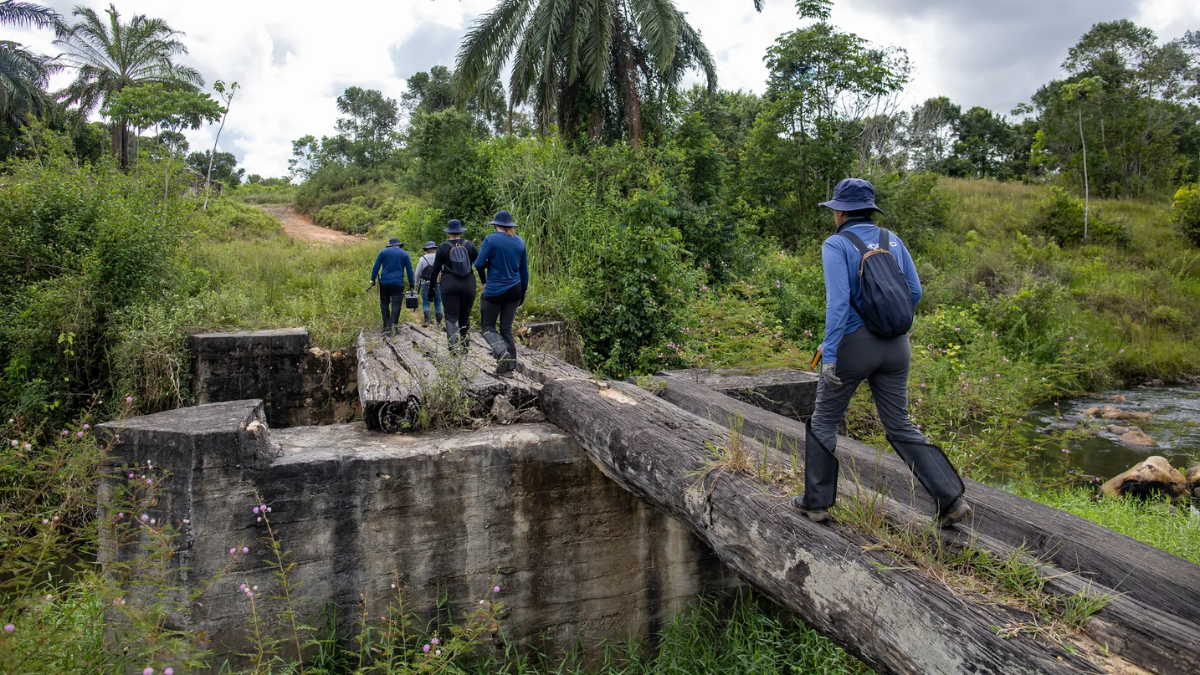
2 years of testing: what’s changed?
At the start, the area had poor soil, degraded by decades of intensive use.
By April 2025, vegetation covered 96.7% of the area, with 47.7% forest and 49% grassland.
Only 3.3% of the soil remained exposed, even after a severe drought seasons from 2023.
The trees grew, protected the soil, and created better conditions for other species to establish. The result is a more stable ecosystem, better able to endure extreme periods without collapsing.
Key results: biodiversity, resilience, and efficiency
More diverse than ever!
Out of the 24 species initially planted, 16 are still going strong, thriving even under challenging conditions like drought and degraded soils.
That’s over 60% of species persisting in the field after two years, a strong result in large scale restoration, where survival rates and diversity are often compromised.
And this number wasn’t random.
It came from a carefully planned species mix, based on ecological succession. Instead of going for volume alone, we focused on functional diversity: species that complement each other, occupy different niches, and build a more resilient forest together.
Most restoration projects plant fewer than 10 native species, and often rely heavily on fast-growing or exotic trees. Our approach goes further, combining diversity and performance.
The result? High survival, better forest structure, and more efficient restoration, in the field and in cost.
If you’d like to learn more about how species selection impacts restoration quality, we dive deeper into this topic in this article: “Study Shows Need to Invest in 'High-Quality' Reforestation Projects with More Than 10 Species Planted.”
More trees, better coverage
In the best performing areas, we reached a density of over 1,000 individuals per hectare, combining planted trees and natural regeneration.
That’s a strong sign of successful establishment and ecosystem recovery in just two years.
At this stage, we’re seeing encouraging signals: natural regeneration is ongoing, and several of our planted species are beginning to reach their reproductive phase. This could mark a turning point toward greater ecosystem autonomy.
Still, this moment is both hopeful and fragile. Extreme climate events, invasive species, or limited seed dispersal could challenge long term success. This is a reminder that restoration is not a straight path, but a dynamic process that demands continued observation, adaptation, and care.
Resilience in action
Plant growth helped retain soil moisture, shield bare areas, and provide shade for new species. In consecutive drought years, these gains make a big difference.
Test: Manual Planting vs. MORFO
One of the clearest experiments was a side by side comparison: traditional manual planting with standard diversity vs. MORFO’s high-diversity planting. The difference was visible: our plot showed more greenery, less seedling mortality, and higher resilience.
Maybe you thought MORFO’s strong focus on biodiversity was a bit too much. But the data proves the point, it’s actually essential. And we’re about to show you a bit more of why…
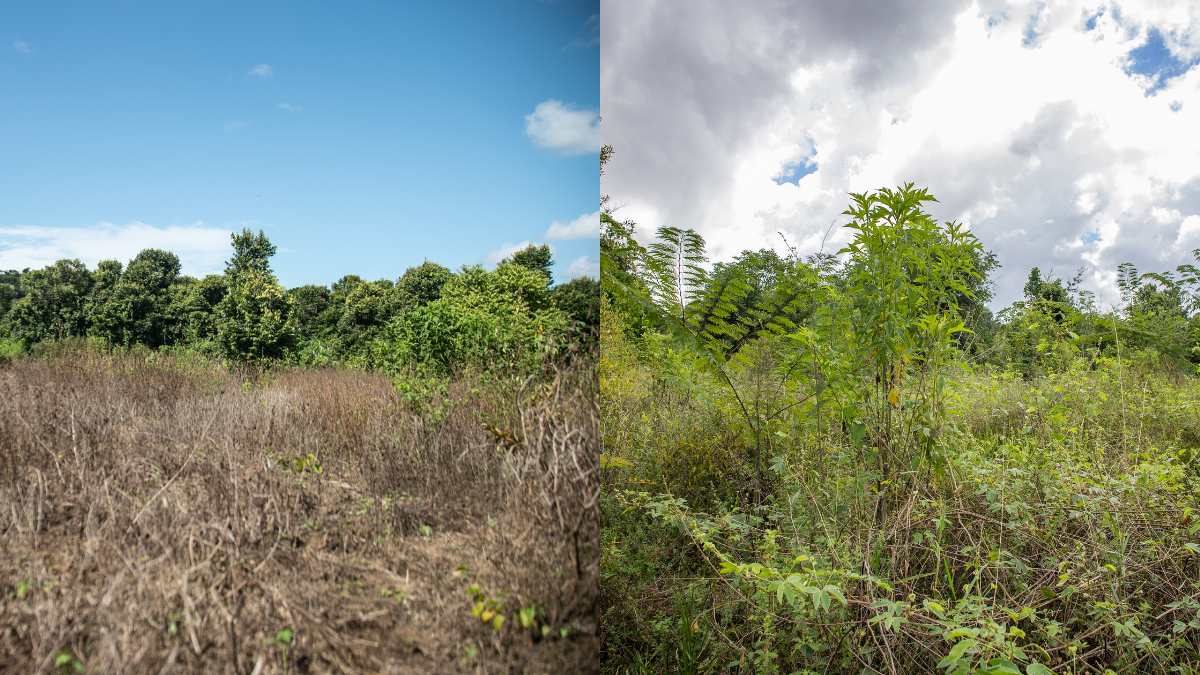
Lessons learned in 2 years
Two years of PROTEX-BA confirmed, and strengthened, what we already trusted:
- The way we combine species and design seed mixes directly impacts both outcomes and costs.
- Combining field data with high resolution drone monitoring gives us both ground level accuracy and landscape scale understanding. This integrated approach allows for early detection of issues and targeted corrections, essential for managing dynamic and fragile systems.
- More diverse forests are more resilient: biodiversity acts as a shield against droughts, pests, and extreme climate events.
- There’s no one-size-fits-all in restoration. Multi-modal planting strategies, combining seedlings, direct seeding, seedpods, and drone-assisted dispersal, generate complementary effects that boost adaptability and resilience. They also help tailor interventions to site conditions and increase long term success.
These are lessons that can, and should, be replicated. It means less trial and error for those restoring now, and more precision in your project
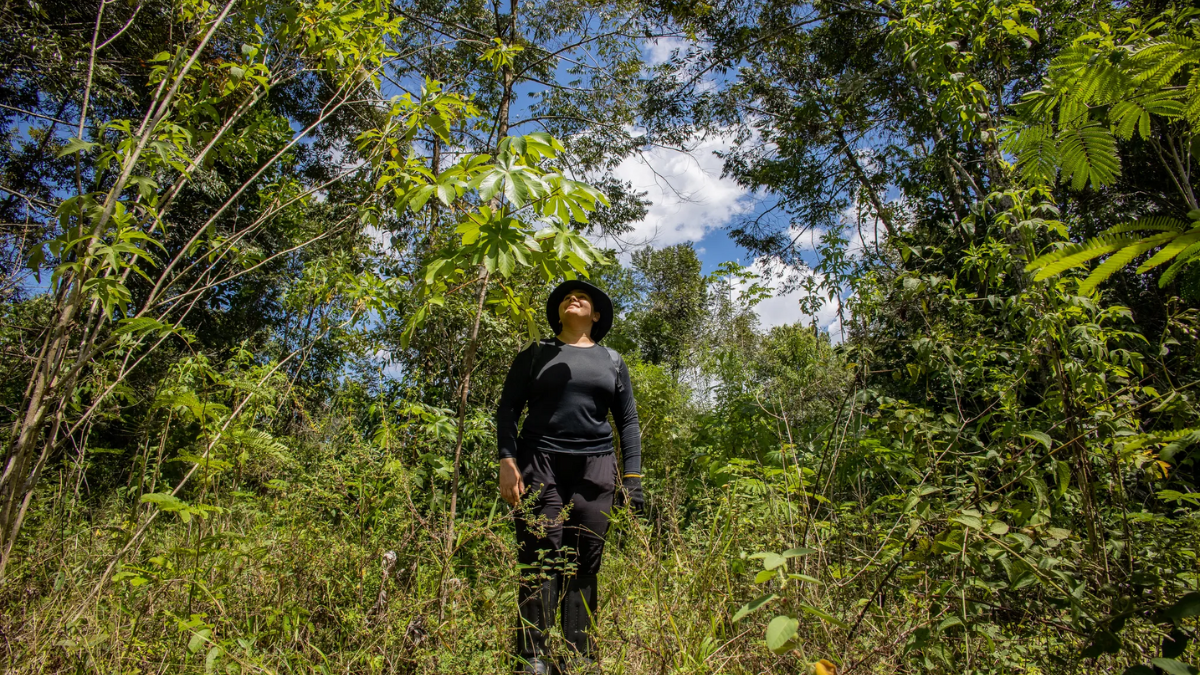
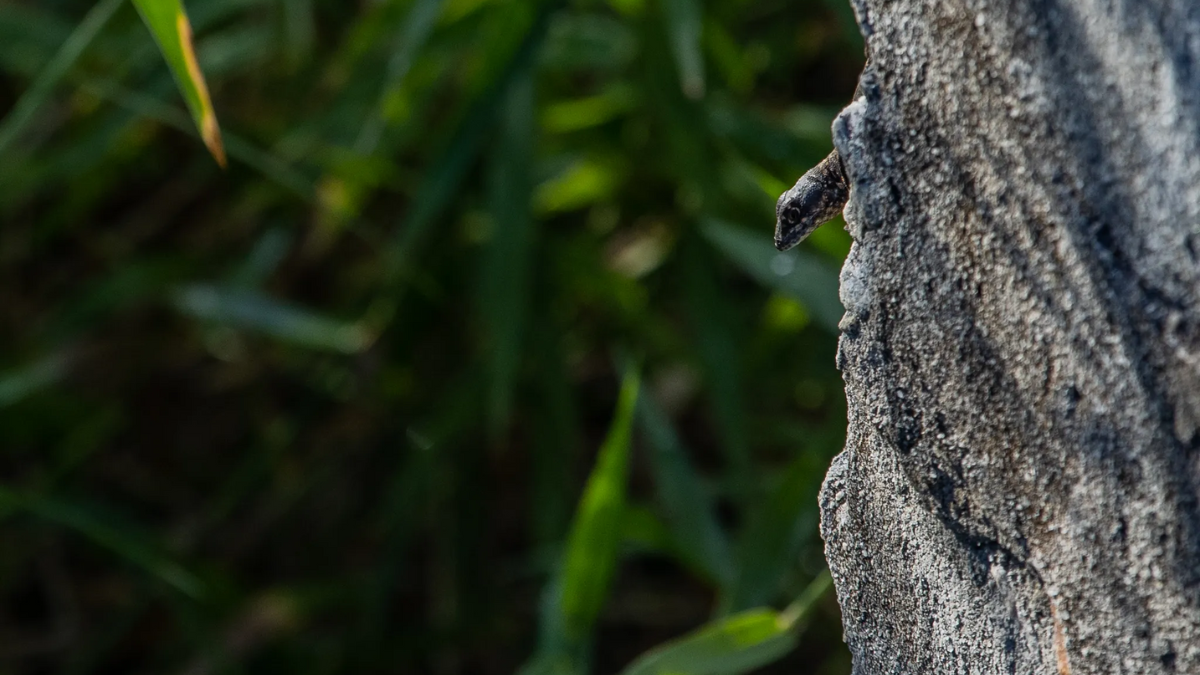
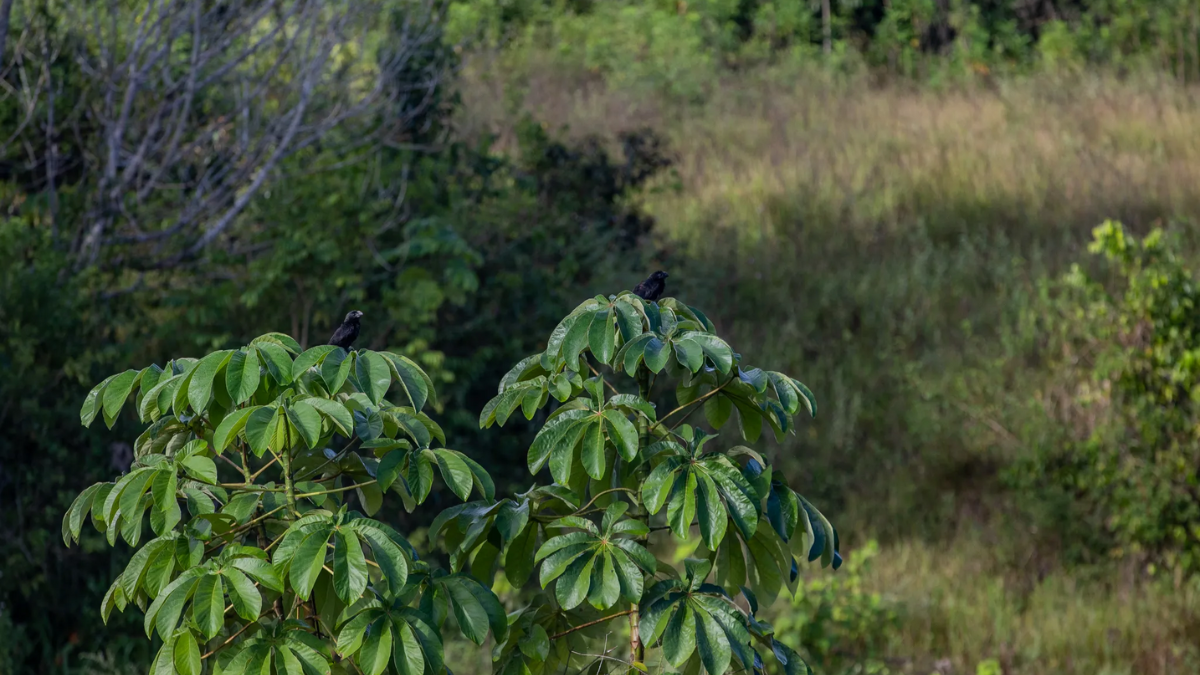
What does PROTEX-BA tell us about the future of restoration?
Fieldwork + data gave us a clear picture of what works, and that knowledge is already shaping how we restore forests elsewhere.
Less waste, more impact
Combining good planning, seedpods, and consistent monitoring helped us reduce costs by over 50% in larger areas.
High quality with less labor
Seed capsules, drones, and high-diversity planning allowed us to restore more while reducing field labor by up to 20x in some areas, while creating jobs where they matter most, like native seed sourcing.
Scale with consistency
The multi-modal planting model, powered by AI monitoring and adaptive corrections, shows that scaling doesn’t mean losing control.
Smart monitoring
By integrating field data with georeferenced analysis, we can track project progress in real time, and adjust quickly.
If you’re looking for ways to scale without compromising quality this model might offer a path forward
What’s next?
PROTEX-BA remains our innovation lab. We’ll keep testing, improving, and scaling, always aiming to do more with less.
Our mission is clear: help restore millions of hectares of tropical forests by 2050.
We’re bridging the gap between science and real world application, ensuring restoration efforts are scalable, efficient, and sustainable.
PROTEX-BA is just the beginning. It’s already helping align funders’ goals with nature’s urgent needs, and opening new paths for restoration elsewhere.

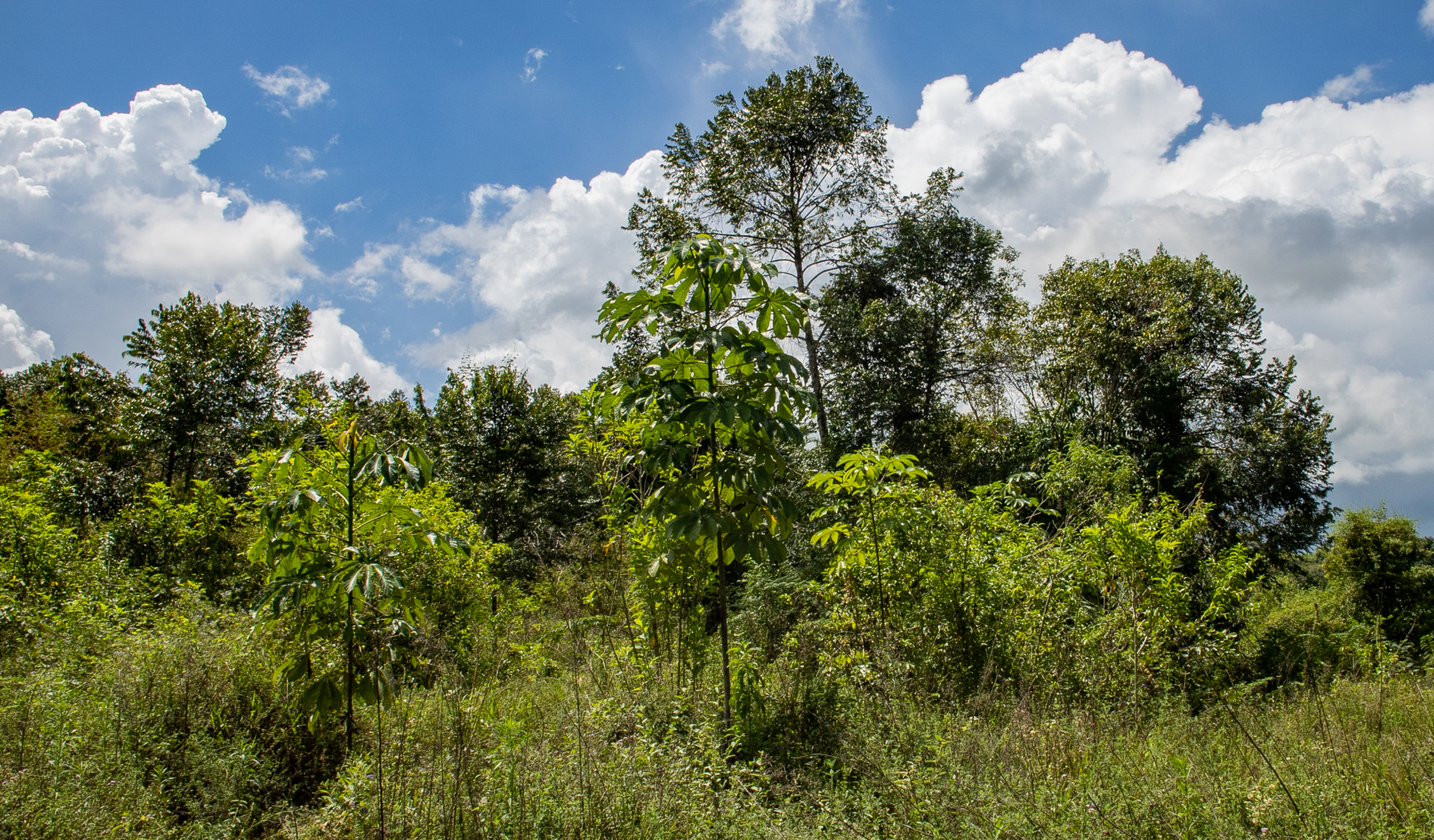

.jpg)
.webp)


